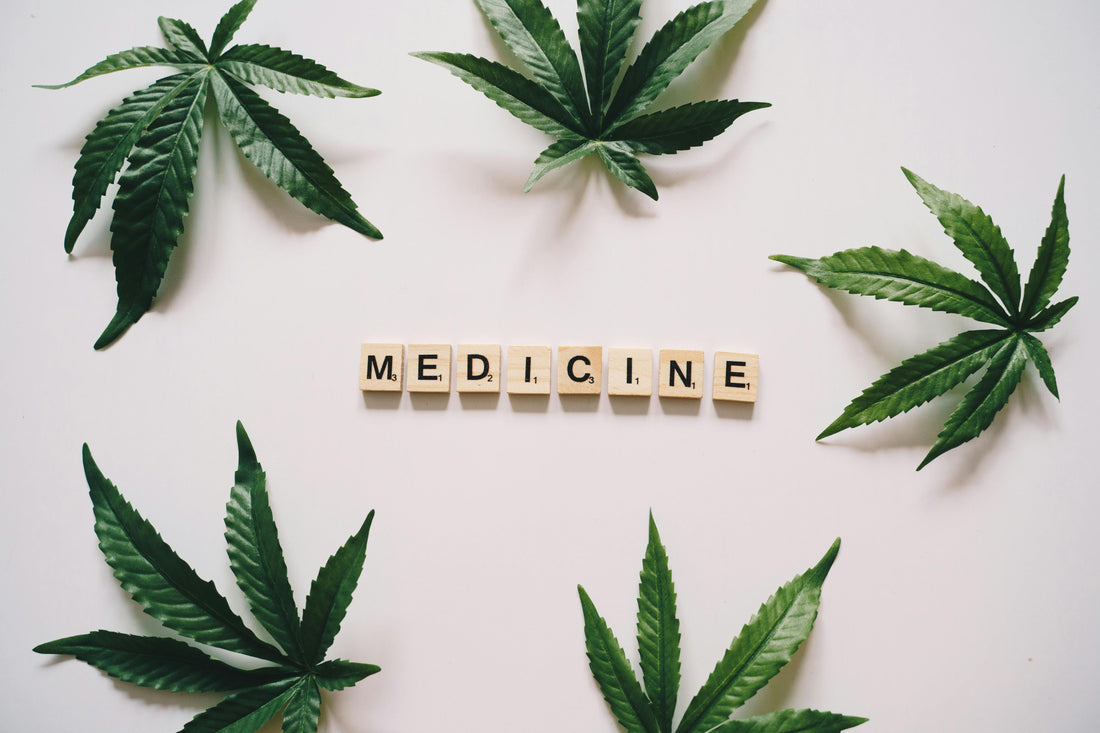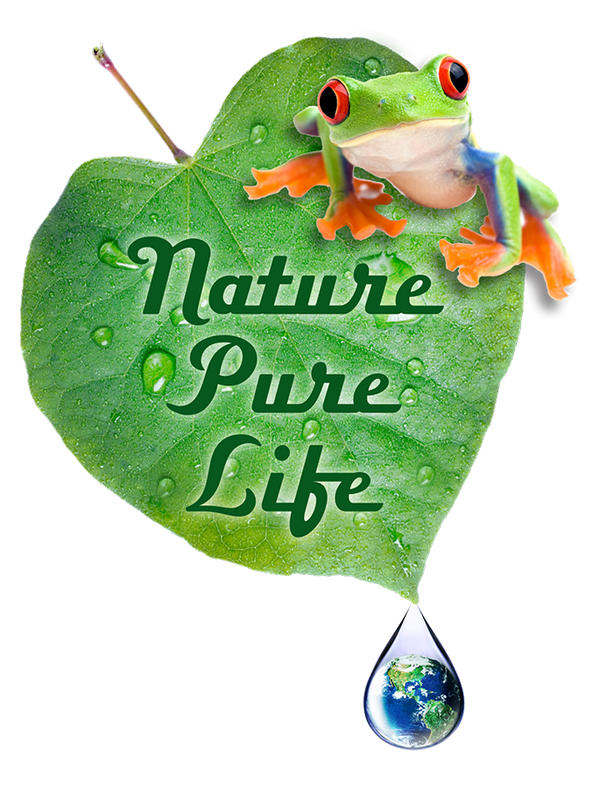
A Beginner’s Guide to CBD: Essential Information for New Users
Share
CBD’s been popping up everywhere lately, especially for folks chasing natural wellness. CBD is a compound found in hemp and cannabis plants that won’t get you high, but might offer a handful of health perks.
Plenty of beginners feel a bit lost at first, so knowing the basics can make picking out a CBD product way less stressful.

CBD seems to work a little differently for everyone. You’ll find it in oils, gummies, creams—honestly, there’s a lot out there.
It’s smart to stay skeptical of products making wild promises. If you want to dig deeper into how CBD gets made or what to look for, check out guides like this beginner's overview to CBD.
People have tons of questions about CBD—what it does, how it interacts with your body, and how to shop smart. This guide covers the common questions so you can make choices that feel right for you.
Key Takeaways
- CBD is a natural compound found in hemp and cannabis.
- Effects and results can vary from person to person.
- New users should look for clear, trustworthy information on how to get started.
Understanding CBD and Its Origins

CBD, or cannabidiol, is a chemical you’ll find in cannabis plants. People often turn to it for wellness and health reasons.
CBD comes from several sources. It’s usually compared to THC, another famous compound.
What Is CBD?
CBD stands for cannabidiol. It’s just one of over a hundred cannabinoids packed into cannabis plants.
Unlike THC, CBD doesn’t cause a “high” or mess with your thinking. Most CBD products are made from hemp, a cannabis plant with low THC.
People use CBD oil and other forms because some research suggests it may help with anxiety, pain, or inflammation. Its effects are still under the microscope, but most folks see CBD as safe and you can get it as oils, gummies, or capsules.
Since CBD doesn’t make you feel intoxicated, it appeals to anyone who wants to avoid the mental effects of marijuana. Learn more about CBD and how it works.
CBD vs. THC: Key Differences
Both CBD and THC are cannabinoids from cannabis, but they affect the body in totally different ways. THC, or tetrahydrocannabinol, is the one in marijuana that gives you a high.
THC works by connecting with brain receptors that control mood and perception. CBD doesn’t do that—it interacts differently with your endocannabinoid system and doesn’t cause a buzz.
THC faces tight regulations, but CBD is legal in many places if it’s from hemp and has less than 0.3% THC. If you want the possible benefits of cannabis without feeling high, CBD might be your pick.
Products with both CBD and THC can work together in what’s called the “entourage effect.” Laws change from place to place, so it’s wise to check local rules.
Sources of CBD: Hemp Oil and More
CBD can come from different types of cannabis, but most commercial CBD oil comes from hemp. Hemp has a lot of cannabidiol and barely any THC.
Usually, companies extract CBD from the plant’s leaves, flowers, or stems. Here’s a quick breakdown of common CBD sources:
| Source | Typical Product | THC Content |
|---|---|---|
| Hemp | Hemp oil, CBD oil | <0.3% |
| Marijuana | Cannabis oil | Variable, often higher |
Hemp oil and CBD oil aren’t always the same thing. Hemp seed oil is made by pressing seeds and doesn’t really have CBD, while CBD oil is packed with cannabidiol.
Always check product labels so you know what you’re actually getting. For more on how CBD gets to shelves and what makes a good product, take a look at this CBD handbook.
Frequently Asked Questions
CBD might help with anxiety, pain, and other health stuff. Laws, possible side effects, and ways to use it are all things new users should know about.
What are the top benefits of using CBD?
CBD’s been studied for anxiety, inflammation, and certain kinds of pain. People often use it to relax or to manage discomfort.
Research is still ongoing, but some say CBD may also help with sleep and stress.
How do you determine the right CBD strength for beginners?
Start low and see how your body reacts. Experts recommend picking products that clearly list how much CBD you get per serving.
If you need more, increase your dose slowly. No need to rush—it’s all about finding your balance.
Are there any negative effects associated with using CBD?
Most people tolerate CBD well, but a few might feel sleepy, get an upset stomach, or notice a dry mouth. Sometimes, appetite or mood can shift a bit.
If you’re on other meds, definitely check with your doctor first. Better safe than sorry, right?
What is the legal age to purchase CBD in California?
In California, you need to be 18 to buy CBD from hemp. If it’s cannabis-derived CBD, you usually have to be 21.
That lines up with state rules for cannabis safety and access, as explained in guides about cannabis laws.
What are the most effective methods to use CBD oil?
You can take CBD oil under your tongue, add it to drinks, or mix it with food. Drops under the tongue get absorbed fast.
Some folks go for capsules or topical creams instead. It really depends on what fits your routine best.
How quickly can one develop a tolerance to CBD?
Most people don't build up a tolerance to CBD as fast as they might with THC or similar stuff. Some research hints that if tolerance happens, it's usually slow—sometimes barely noticeable.
Taking regular breaks from CBD isn't really necessary for most folks. Still, if you feel like it's not working as well, you can always pause and see what happens.

